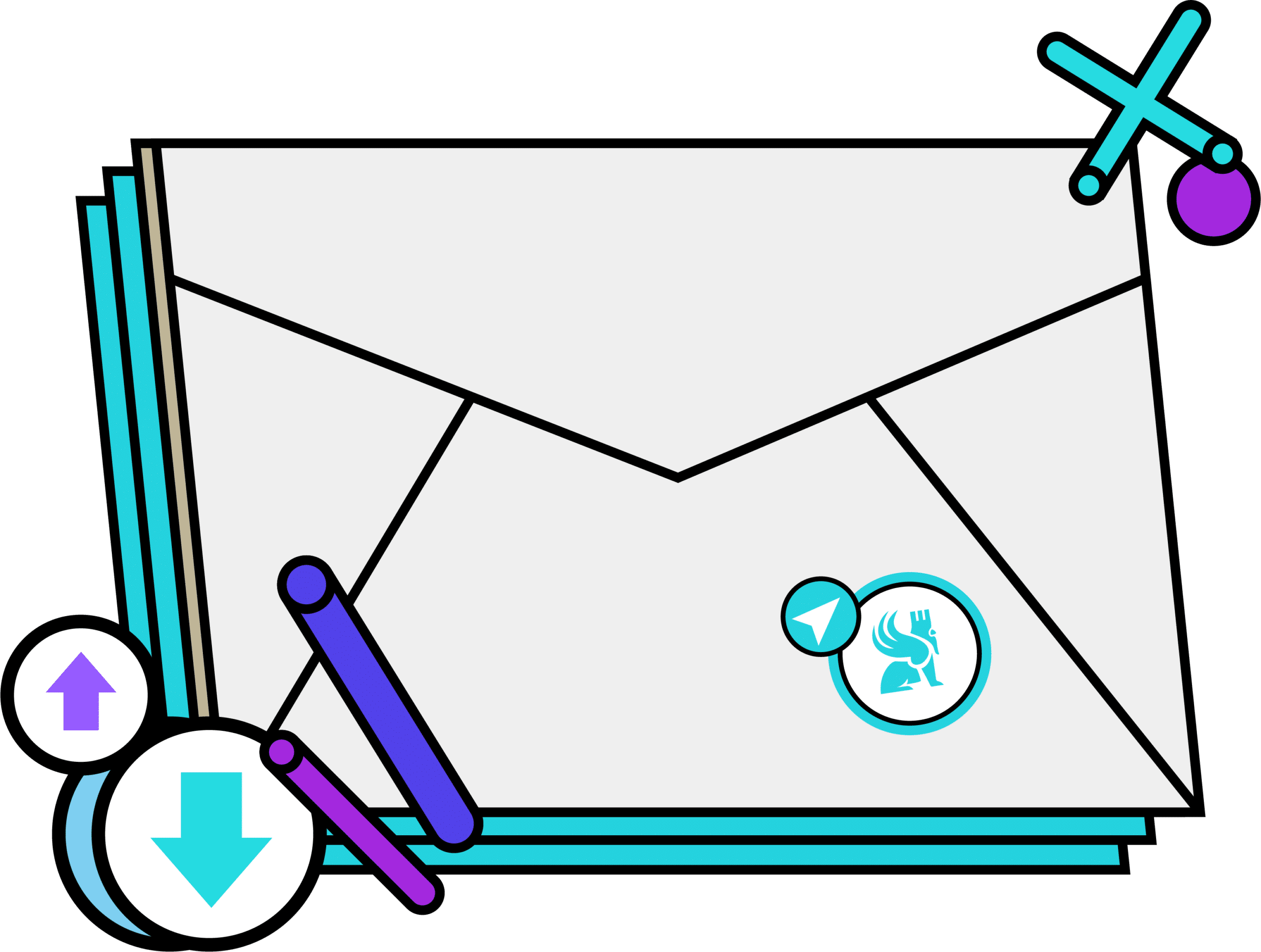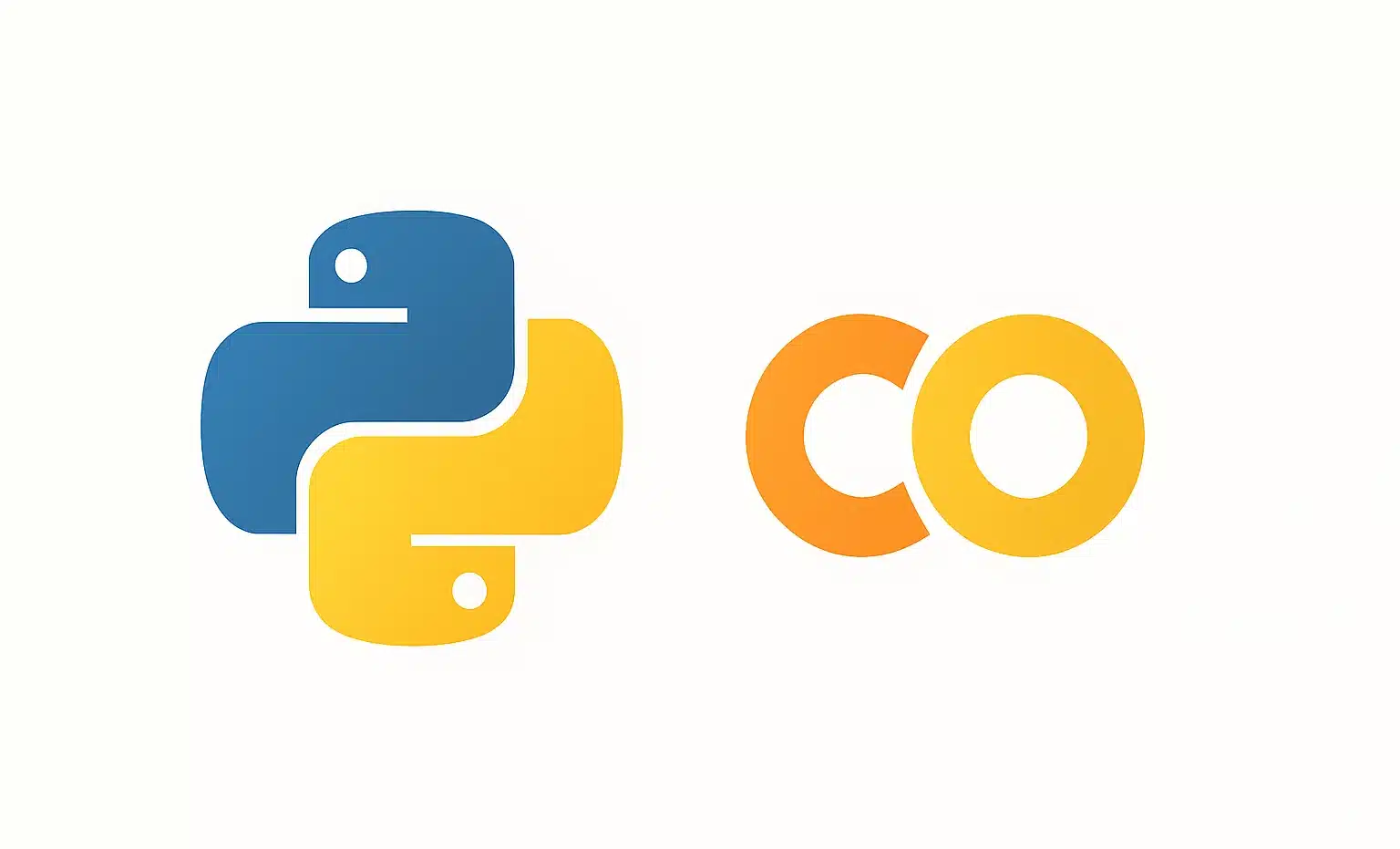Application Programming Interfaces (APIs) are integral to the digital ecosystem, bridging the gap between services and applications, from online banking to smart devices. However, their widespread use makes them a prime target for cyberattacks.
Without robust security measures, APIs are susceptible to numerous vulnerabilities, such as BOLA (Broken Object Level Authorization). This article is designed to help you understand what BOLA is, how to identify it, and what strategies to employ to effectively secure your APIs against this threat.
What is a BOLA vulnerability?
Broken Object Level Authorization (BOLA) is a severe security vulnerability that arises when web applications or APIs fail to properly verify whether a user is authorized to access specific data or resources.
In essence, the application allows a user to access or alter sensitive information simply by altering an identifier in the request. Consider an online medical record management service: each user can view their own records via a link with a unique identifier. If the system does not confirm that the user is indeed authorized to access the requested record, an attacker could modify this identifier to view other users’ medical information.
The repercussions of such a flaw can be catastrophic, leading to the leakage of personal data, theft of confidential information, or even malicious changes to critical resources.
How does a BOLA vulnerability occur?
- Lack of authorization verification: The API fails to verify if the user has the permission to access a given resource.
- Identifier manipulation: An attacker modifies an identifier in the request (e.g., in the URL or request body) to access data that is not theirs.
Result: The attacker can view, modify, or delete other users’ sensitive data without restrictions.
How to identify a BOLA vulnerability?
Various methods can be utilized to detect a BOLA vulnerability:
- Identifier modification in requests: Manually test by changing object identifiers in URLs or parameters to see if the API returns unauthorized data.
- Use of automated tools: Tools like Burp Suite (with the AuthMatrix or Autorize extensions) and OWASP ZAP facilitate the automation of authorization testing and quickly uncover vulnerabilities.
- Observation of HTTP responses: If the API returns a 200 (success) code instead of a 403 (forbidden) during an unauthorized attempt, it signals an access control issue.
- Code review: Analyze server-side code to ensure permissions are consistently validated before a response is issued or an action authorized.
- Tests on different user roles: Simulate requests with varying access levels (standard user, administrator) to verify that permissions are applied correctly according to roles.

What strategies to protect APIs against BOLA?
- Good API security practices
There are several solutions to secure APIs, such as API testing, to prevent vulnerabilities and safeguard your data at the source. For instance: Utilize random object identifiers that are difficult to guess to prevent giving attackers any clues.
- Authentication and session management
Proper management of authentication and sessions significantly reduces security risks. Authenticate users at each session and manage sessions appropriately, for example, by invalidating them after a period of inactivity.
- Strict access control
Access controls need to be meticulously implemented to ensure that only authorized users can access the data. Implement role-based access controls (RBAC) to restrict resource access based on user rights.
- Rate limiting
Rate limiting restricts the volume of requests an API can handle over a specified period. This measure prevents attackers from overwhelming the API with excessive requests, ensuring its performance and stability.
- Regular API security testing
Comprehensive API security testing helps identify various vulnerabilities before they can be exploited. Conducting regular security tests enables a deeper understanding of potential risks, the detection of flaws, and the implementation of necessary actions to promptly address them.

Conclusion
The BOLA vulnerability highlights the risks associated with inadequate authorization management, which can expose sensitive data and compromise application security. By understanding how this flaw arises and implementing stringent access control practices, you can effectively thwart this type of attack and bolster API protection.










